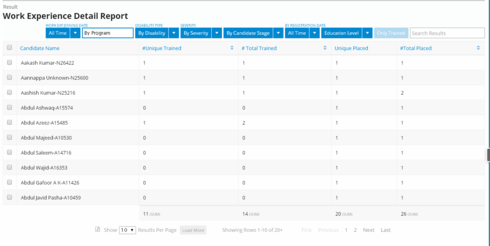I have a table whose model is an aggregate, it loads all the data up to the limit but load more doesn’t load anything more.
Question
Load More does not work with Aggregate Tables
 +4
+4Enter your E-mail address. We'll send you an e-mail with instructions to reset your password.









